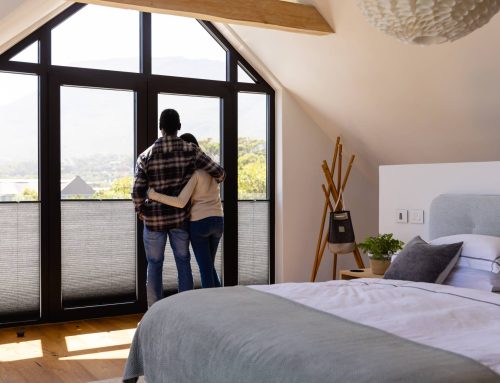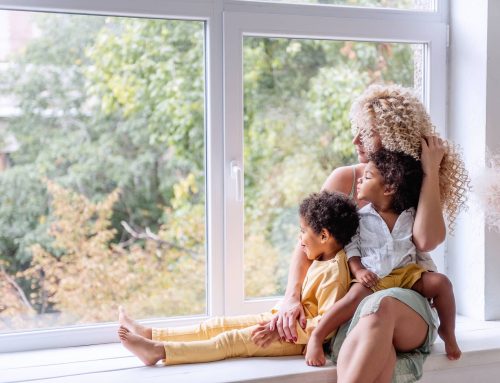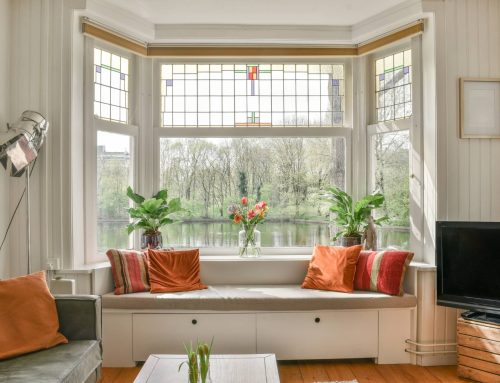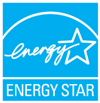Energy-efficient homes can be beneficial for homeowners. Among the benefits of an energy-efficient home are lower energy costs, improved living environment, and a reduced carbon footprint. There are many ways to increase the energy efficiency of your home, such as installing energy-efficient appliances, solar panels, insulation, windows, and doors.
When it comes to windows and doors, using those with Low-E Coating can help make your home more energy efficient. Low-E Coating, short for Low Emissivity Coating, is a very thin layer of metal or metal oxide material that is applied to the surface of windows and some doors. Its primary purpose is to improve the energy efficiency of windows and doors by reducing heat transfer.
To understand how Low-E Coating works, it is first important to learn a little bit about sunlight. Sunlight is the radiant energy of the sun, and it is the Earth’s primary source of light and heat. In general, sunlight contains three major components: visible light, infrared radiation, and ultraviolet (UV) light. Low-E Coating is engineered to respond to visible light, infrared radiation, and UV light differently. Here’s how Low-E Coating works with these components:
Reflects Infrared Radiation
Infrared radiation from the sun is generally felt as heat. Excessive amounts of heat, however, can make us feel uncomfortable. Low-E Coating is engineered to reflect infrared radiation to reduce heat transfer in or out of the home. For example, during the summer, outdoor temperatures are generally higher than indoor temperatures. Low-E Coating reflects infrared radiation from the outdoors to prevent excessive heat from entering the indoor environment. During the winter, the opposite occurs: indoor temperatures are higher than outdoor temperatures. Low-E Coating reflects infrared radiation from the indoor space to prevent heat from escaping, keeping the interior environment warm. This allows you to maintain a comfortable indoor temperature and reduces your need to frequently use air conditioning at home. By reflecting heat, Low-E Coatings can help reduce energy consumption and improve the energy efficiency of your home.
Allows Visible Light to Pass Through
A major component of sunlight is visible light, which allows us to view our surroundings. Natural light is an important aspect of our homes, as its presence can significantly affect the comfort, aesthetics, and functionality of our living spaces. Natural light can help you see and perform tasks comfortably and can enhance the visual appeal of your furnishings and decor. Low-E Coatings are designed to allow visible light to pass through with minimal distortion or absorption. This means that Low-E Coatings on windows and doors do not significantly affect the amount of natural light that enters your home. Low-E Coatings can help maximize the amount of natural light that enters your home, reducing the need for artificial lighting during the day. This can help reduce energy consumption and increase energy efficiency at home. Furthermore, Low-E Coatings are very thinly applied on windows and doors, so that the view through your window remains clear and that the appearance of your windows and doors is not compromised.
Blocks Ultraviolet (UV) Light
Ultraviolet (UV) light cannot be seen by the human eye. However, UV rays are associated with the fading and discoloration of various interior furnishings. Low-E Coatings incorporate specialized materials that can absorb and reflect UV light and can help preserve the interior of your home. When UV light hits a window or door with Low-E Coating, the Low-E Coating absorbs a portion of the UV radiation. This helps neutralize the harmful effects of UV light. The remaining UV rays are reflected away from the glass and the interior space. By blocking a substantial portion of UV rays, Low-E Coatings can help protect the interior of your home from the damaging effects of UV radiation. They can prevent fading and damage to carpets, furniture, curtains, and flooring and can help prolong the lifespan of your interior possessions and décor. Blocking UV light can be particularly important in areas of your home that receive abundant amounts of natural light. However, it is important to note that the level of UV protection can vary depending on the specific type of Low-E Coating and the manufacturer.
Low-E Coating can help make your indoor environment more comfortable by reflecting heat, blocking UV rays, and allowing visible light to pass through. Low-E Coatings can be designed to work with other window technologies, such as gas fills between panes and insulated frames, which can further enhance the windows’ energy efficiency. Installing windows and doors with Low-E Coating can help you reduce energy consumption and increase energy efficiency in your home. If you need replacement windows and doors, consider those with Low-E coating to make your home more energy efficient. Consulting with a professional can help you assess your needs and preferences and can provide you with windows and doors to suit your home.






